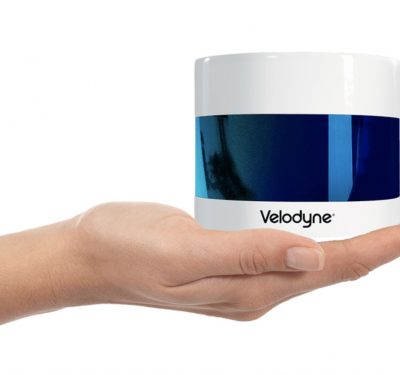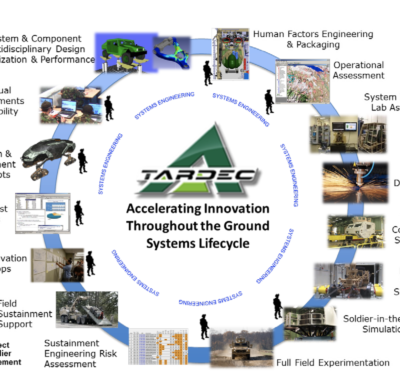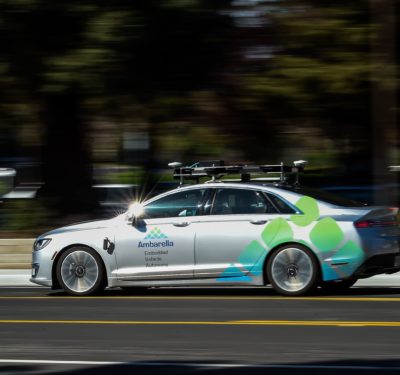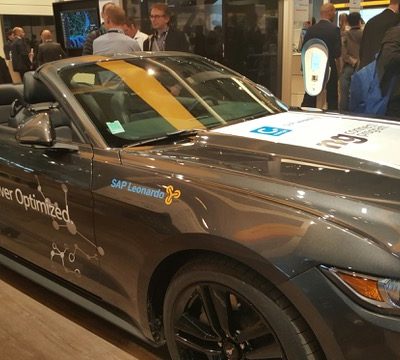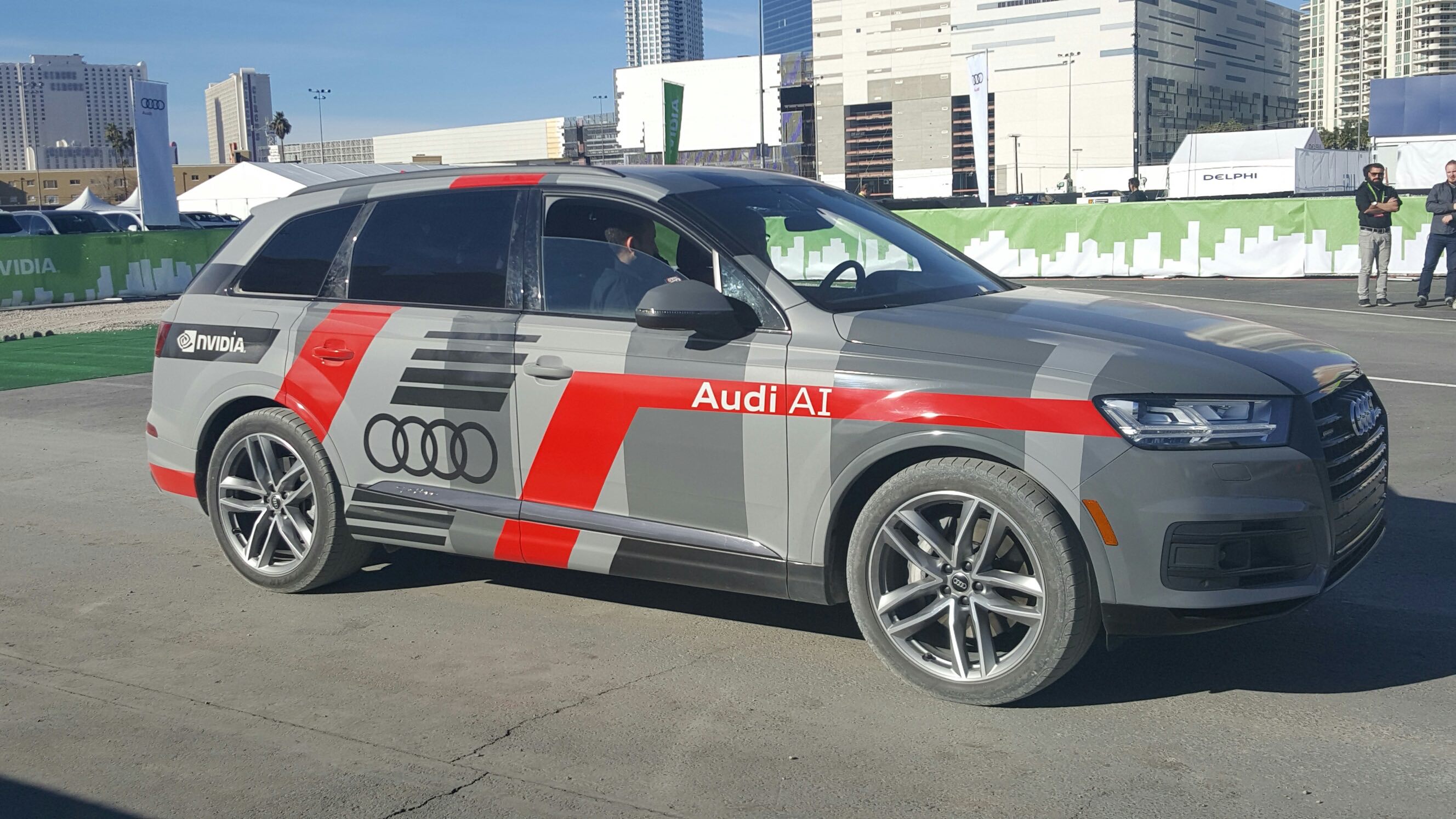
Nvidia-equipped car at CES. Competitor Intel just bought Mobileye for $15.3 billion. (Photo: Kevin Dennehy)
Intel’s decision Monday to buy Israel-based Mobileye for $15.3 billion shakes up the autonomous vehicle industry.
The acquisition of Mobileye, which makes sensors and cameras for driverless vehicles, sends a strong message to Intel’s competitors, namely Qualcomm and Nvidia, that they see huge growth in this market segment.
One industry veteran says the Intel-Mobileye deal is all about the data—and good maps. “The Mobileye acquisition is all about access to real-time data. More sensors from Mobileye equals more data, collected on more roads and turned into actionable information in near real-time is a key enabler for this emerging market,” said Marc Prioleau, Mapbox strategic business development executive. “Intel is making a smart play to position itself in that market. Now the question is whether you can really wait two years to start making a map. And how many sensors does it take to update that map in real-time?”
Another question is what are Intel’s automotive chip competitors going to do? Qualcomm, which plans to buy NXP–and Nvidia–all have solid autonomous vehicle strategies and many auto customers.
“Intel just bought direct access into the car. With direct access to the car comes Intel’s ability to start generating recurring revenue with data as a service for semi-autonomous driving,” Prioleau said. “This is exactly what ARM, NVIDIA, and Qualcomm will need to do–along with anyone else looking to transition from selling hardware.”
Besides the Mobileye announcement, Intel has made strong investments in autonomous vehicle technology and markets since 2015. It purchased 15 percent of digital map company Here and signed deals with BMW and Delphi Automotive.
In November, Inside Unmanned Systems reported that Intel was investing $250 million into autonomous vehicle testing, along with other recent corporate acquisitions, to highlight the growing future of self-driving cars.
Intel CEO Brian Krzanich said, at the Automobility LA conference, that his company will make the investment, over two years, to help drive an autonomous vehicle industry that requires more than 4,000 gigabytes of data from a single car each day.
“Every autonomous car will generate the data equivalent of almost 3,000 people. Extrapolate this further and think about how many cars are on the road,” Krzanich said in a company blog. “Let’s estimate just 1 million autonomous cars worldwide – that means automated driving will be representative of the data of 3 billion people.”
Krzanich said, going forward, the automotive ecosystem must tackle three challenges when it comes to data: the size of data sets, the intelligence development cycle to process data, and security. “And to overcome these challenges, manufacturers and suppliers must achieve scalability – they need a means to collaborate, share and learn without losing their competitive position,” he said.
Krzanich went as far as saying that data is the “new oil” when it comes to the car of the future and automated driving. “Data has the potential to radically change the way we think about the driving experience: as consumers, as automakers, as technologists and as citizens of our communities,” he said.
When designing an autonomous car, Krzanich contends that the industry has to account for cameras, radar, sonar, GPS and LiDAR, which are as essential as pistons, rings and engine blocks.
Mobileye is best known for automotive forward and rear facing cameras that capture imagery used in Advanced Driver Assistance Services (ADAS), Prioleau said. “Things like collision avoidance, lane departure warning and adaptive cruise control. Over their 18 year history, they have installed about 15 million cameras and built relationships with over 25 automotive manufacturers,” he said. “They claim to have won an astonishing 100 percent of the bids that [they] competed for in 2016. It’s a really solid business with growing penetration and utility for the automotive market. That business has driven 2016 revenues of $358 million and a Friday closing market cap of $10.5 billion.”


